Paul Klee: Making Visible at Tate Modern
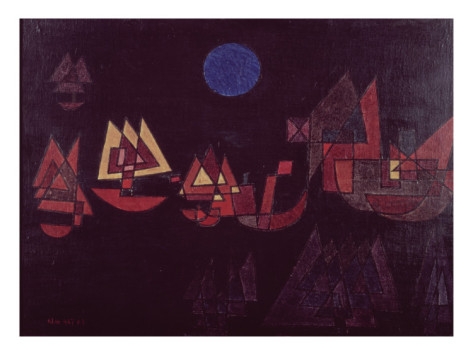
“Eternity takes a while” Paul Klee once said of fame. Klee, however, garnered fame very quickly, especially after his association with the influential group of artists, Der Blaue Reiter, and the first substantial survey of his work in Munich in 1920. His delicate, sensual art was first seen in England in 1924; the Tate hosted its first exhibition in 1941, the year after the artist’s death.
The current exhibition at Tate Modern takes its cue from the inventories created by Klee to catalogue his output in preparation for public viewing. As a result, the curators have been able to more closely study the artist’s own working process, leading to very interesting comparisons, such as that between two consecutive pieces from 1927: Ships in the Dark and Harmony of the Northern Flora – the first seemingly expressionistic, the second abstract and structured, similar to his works inspired by his trip to Tunisia in 1919. One sees the continuation of the colour palette, but also the presence of structure and spontaneity in both.
Klee’s many experimental methods of painting are given space as well: his singular “oil-transfer” technique, his foray into pointillism, and his efforts to convey the languid movements of the water in his “gradation” pieces.
The show is ordered chronologically, tracing his career from his collaboration with Der Blaue Reiter and the Bauhaus, through to his final years, as he struggled with his degenerative illness. The great, white rooms that house the show emphasise the quiet, contemplative mood of his paintings, which are almost all small in scale.
It would have been interesting to see work by fellow Blaue Reiter artists, so as to explore mutual inspiration during Klee’s years as part of the group. The “musicality” of some of his paintings undoubtedly stems from his years as professional violinist, but many pieces also recall the works of Kandinsky in their “anti-gravity” (notably Assyrian Game, 1923). In music he adhered more to the classical school rather than the avant-garde; his fine art career floated between the classical or representational, and the abstract. He searched for the representation of reality beyond the visual. The title of the exhibition is taken from an extract from Klee’s Creative Confession text from 1918: “Art does not reproduce the visible; rather, it makes visible”. The new retrospective of his oeuvre succeeds in visualising his journey into these “latent” realities.
Mark Sempill
Paul Klee: Making Visible is at Tate Modern from 16th October 2013 until 9th March 2014. For further information visit the gallery’s website here.


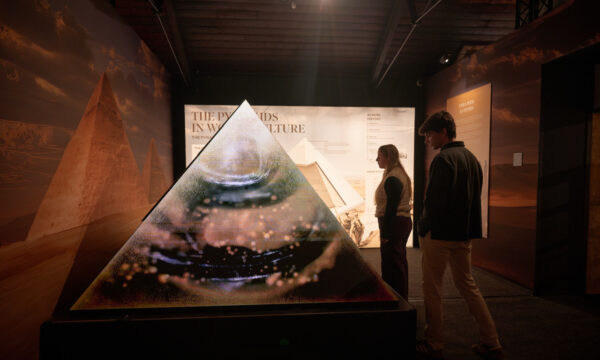
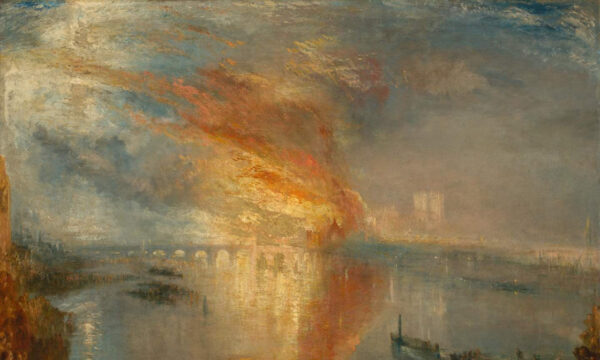
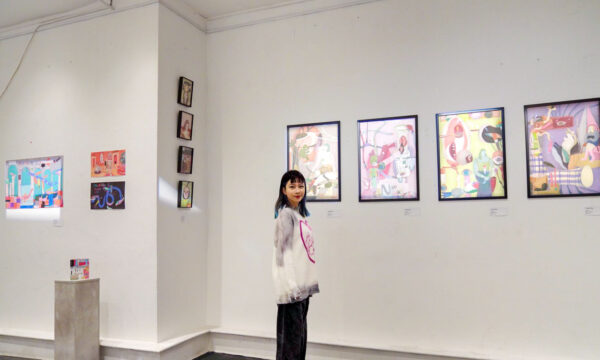
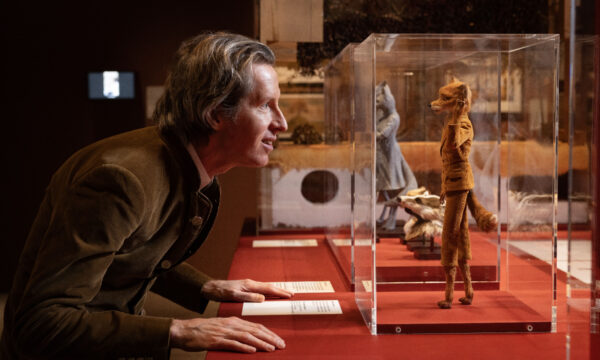
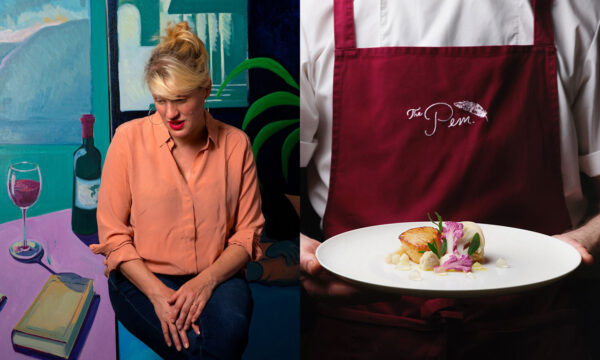
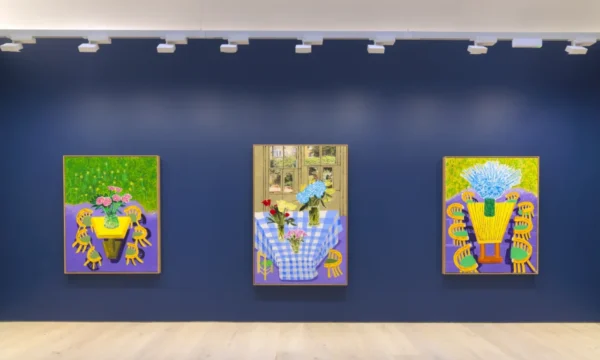
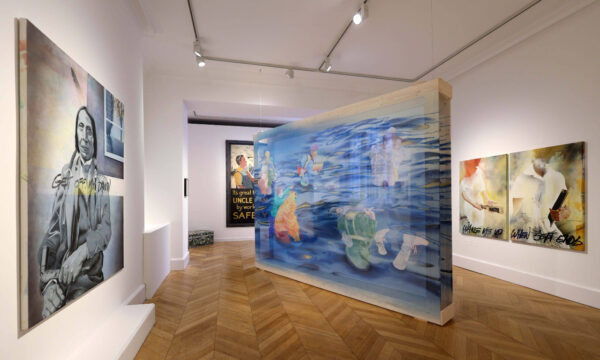
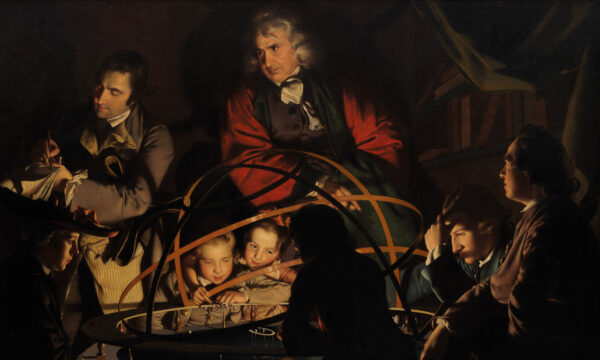


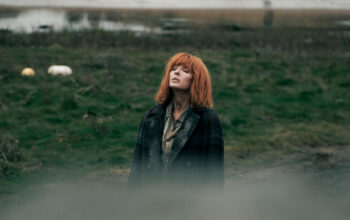
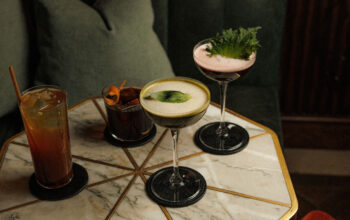
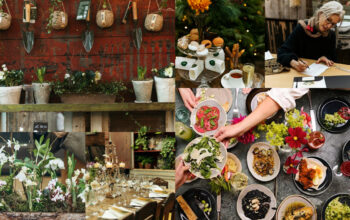

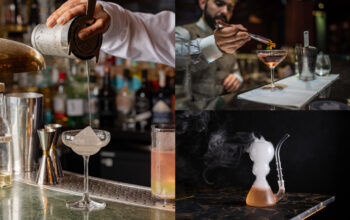



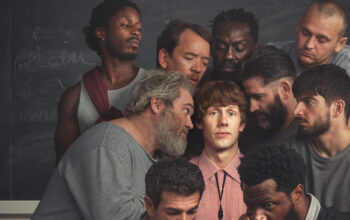

Facebook
Twitter
Instagram
YouTube
RSS